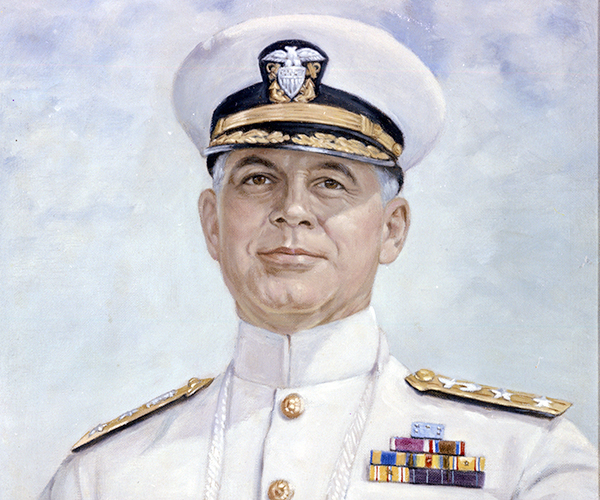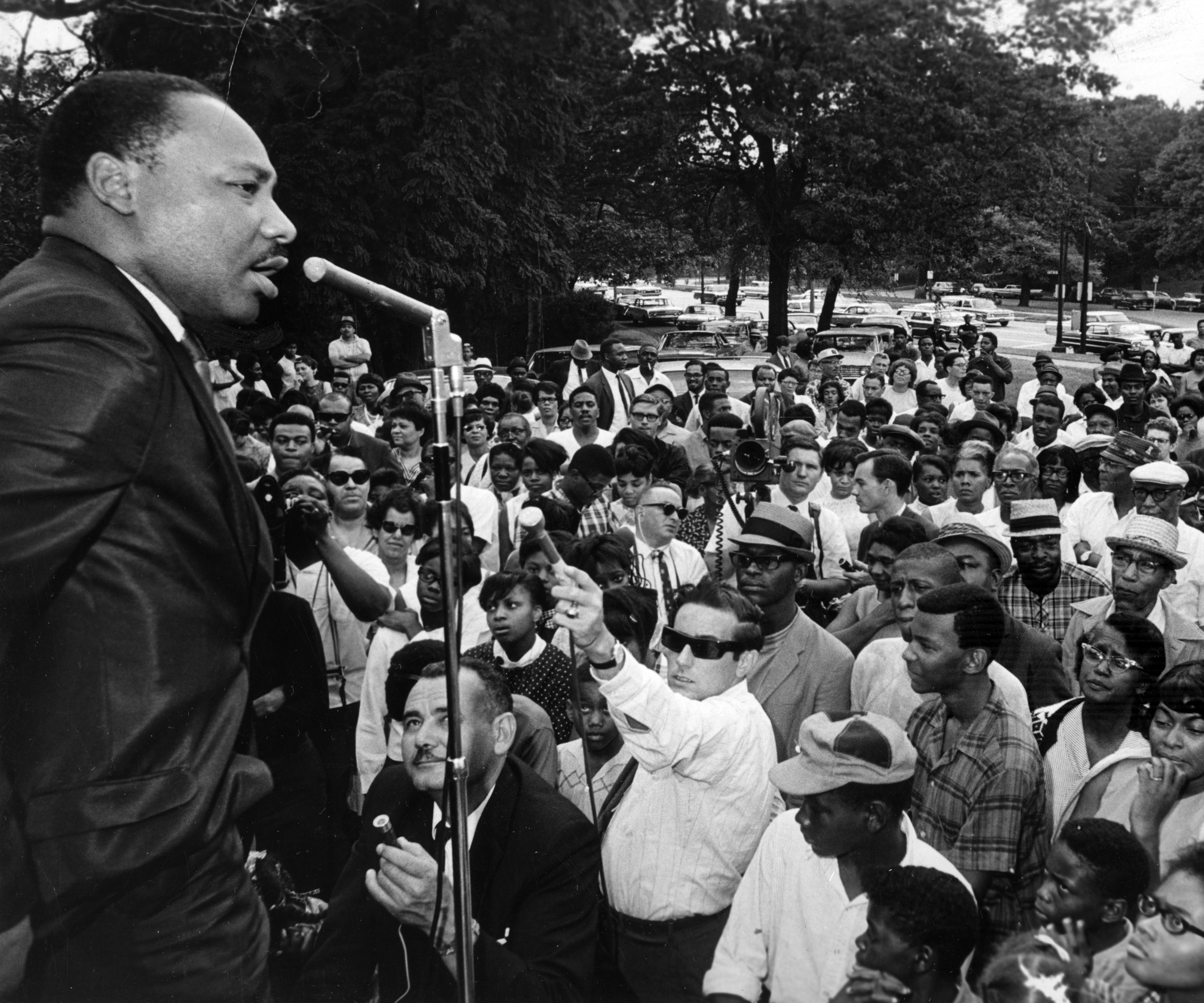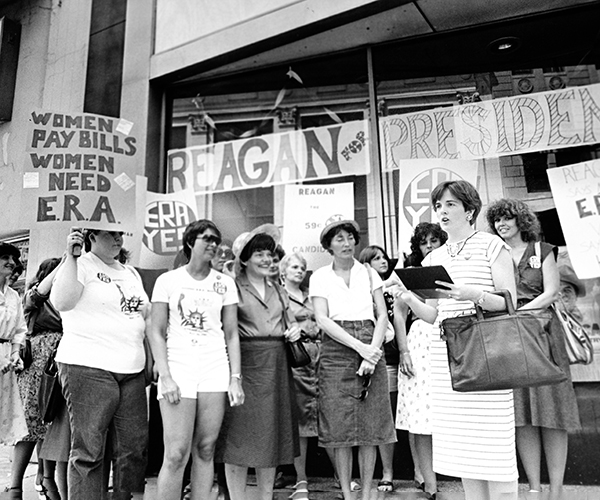Hours before the camels' big night— their debut opera performance at Municipal Stadium — they practiced their march on Cleveland's West Side. Kids dressed in flowing, faux-Arabic white shirts and pants strutted behind them, many carrying signs that promoted the Stadium Grand Opera. Parades set out from each of the city's 52 playgrounds July 28, 1931, the first afternoon of Cleveland's enormous opera week for the masses. Only a few of the processions included camels — probably those closest to their home for the week, the Equestrium, the massive livestock exhibition hall on Denison Avenue.
All July, Cleveland kids had competed in an Around the World Flight contest by selling 25-cent grandstand seats for the weeklong opera season. (Winners didn't actually get a trip around the world, just their own opera tickets and a pilot's insignia.) Proceeds benefited a school milk fund for the underprivileged.
At the month-old stadium that night, 18,063 people attended the performance of Aida, the epic tale of a love triangle and a war between Ethiopia and Egypt. The camels joined the second act's pageant, a march across the 250-foot stage with hundreds of actors, including 65 African-American singers from Cleveland portraying an "Ethiopian captive chorus" and about 30 local policemen on horseback, dressed as Bedouins. A critic called the pageant "triumphal" and praised its "stately procession of dromedaries."



